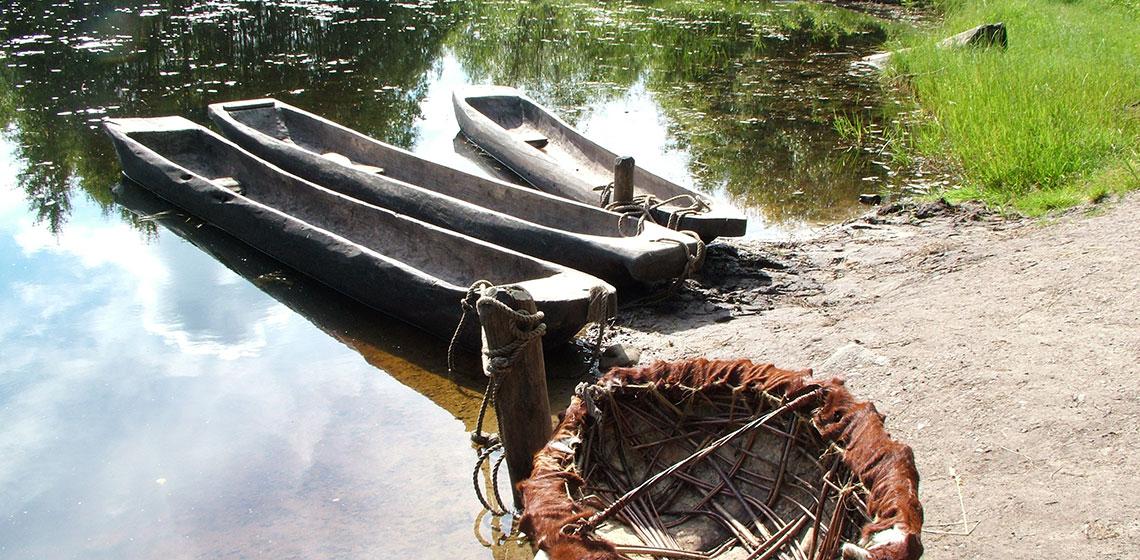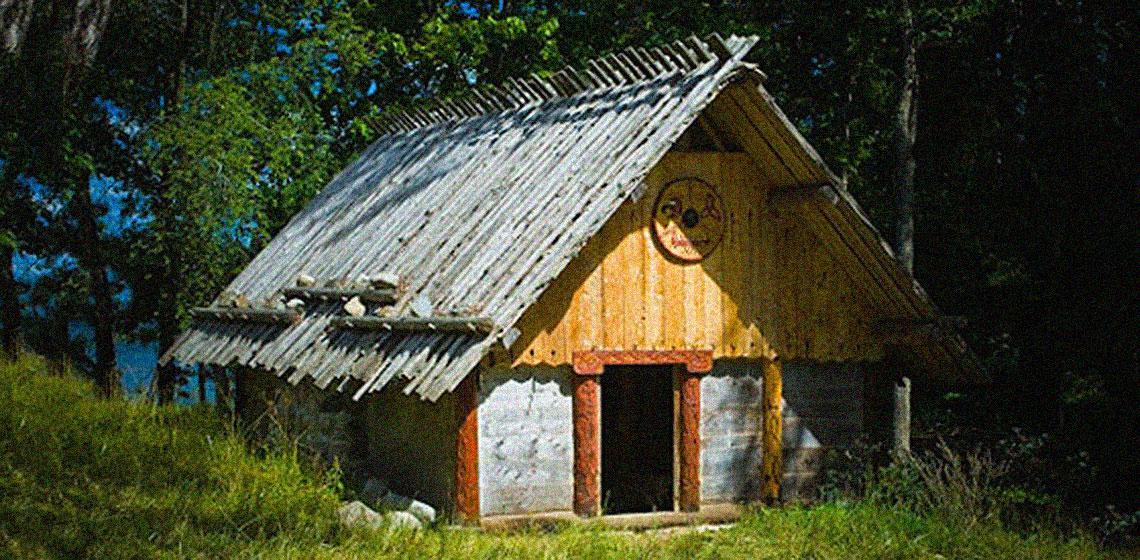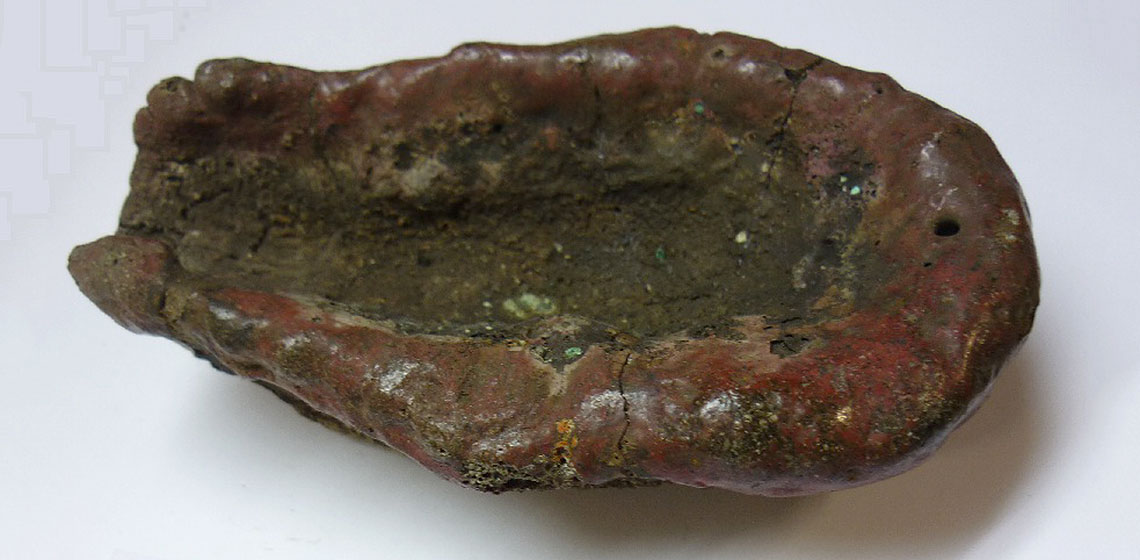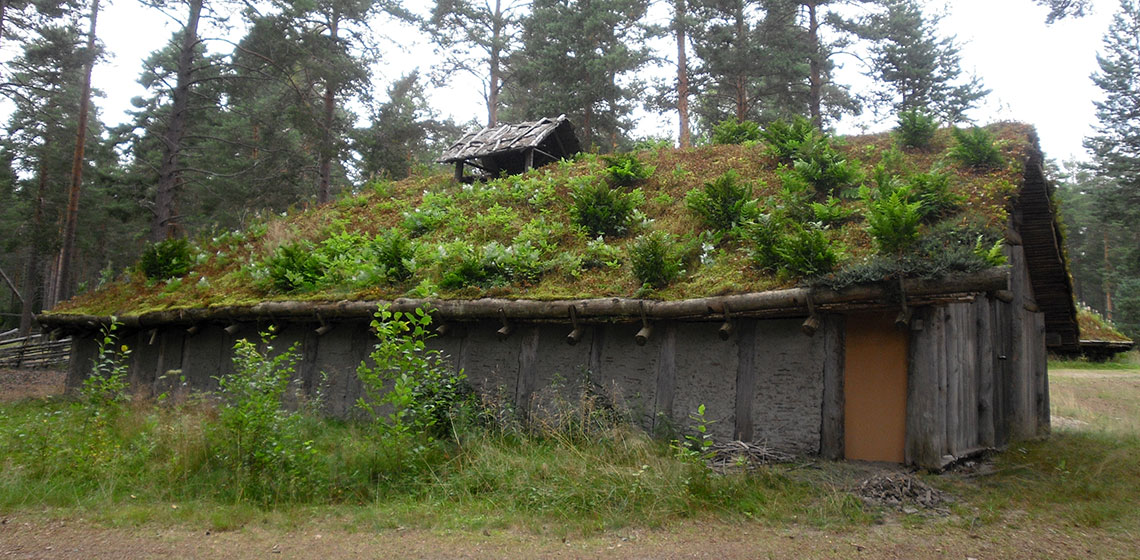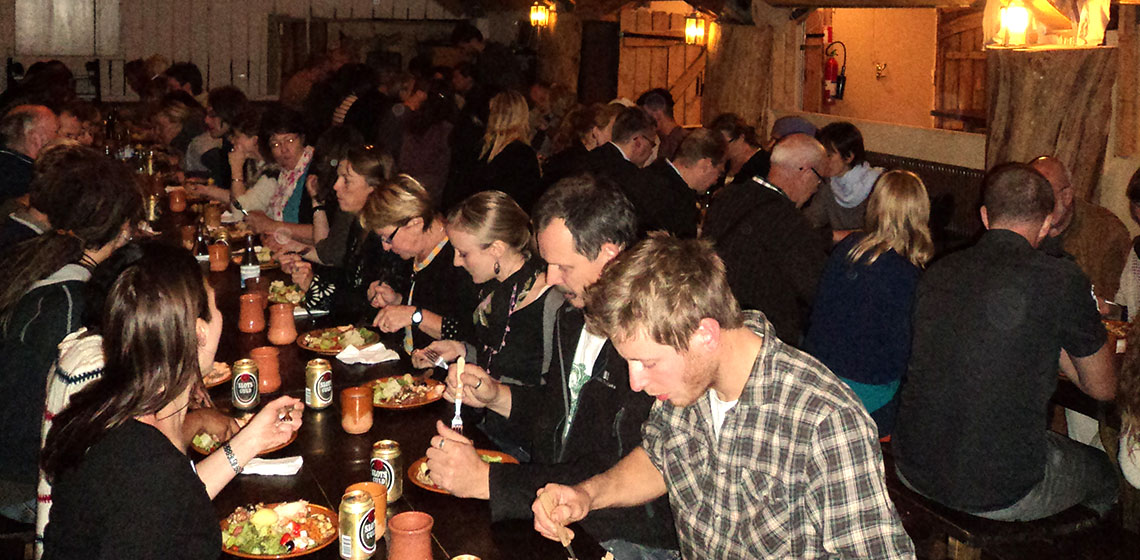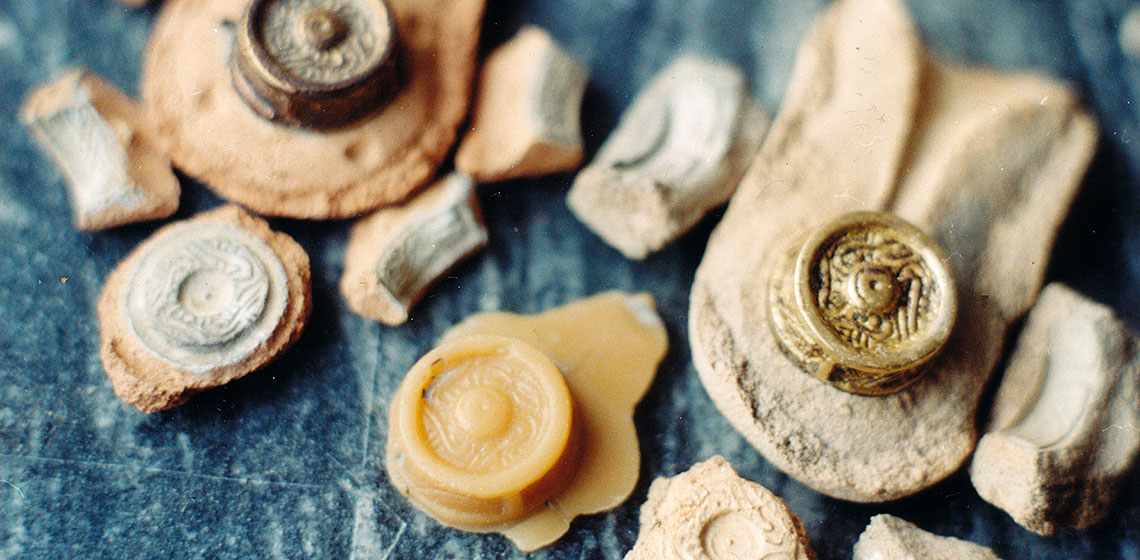Sweden
Aspects on Realizing House Reconstructions: a Scandinavian Perspective
1987 ESF Proceedings
The 1980s was the beginning of a boom in the construction of archaeologically inspired buildings inside and outside archaeological open-air museums.
***Experiments are an integrated part of archaeological research, a tool used to analyse and understand archaeological phenomena...
Ekehagen Forntidsby (SE)
Ekehagen´s Prehistoric Village lies nearby the river Ätran in a beautiful countryside with birches and oak trees, approximately twelve miles, 20 kilometres, south of Falköping in the province of Västergötland. It is an archaeological open-air museum with presentations from various prehistoric periods.
Ekehagen´s Prehistoric Village lies nearby the river Ätran in a beautiful countryside with birches and oak trees, approximately twelve miles, 20 kilometres, south of Falköping in the province of Västergötland. It is an archaeological open-air museum with presentations from various prehistoric periods...
Vikingabyn Storholmen Norden (SE)
In 1996, two enthusiasts got the initiative to start a Viking village at the site where previously 199 Iron Age / Viking Age (800-1000 AD) burial mounds were discovered. They soon started cooperation with two local association: the “Aquila Maritimus forn- och medeltidsförening” and the “Roslagens turistintressenter”.
In 1996, two enthusiasts got the initiative to start a Viking village at the site where previously 199 Iron Age / Viking Age (800-1000 AD) burial mounds were discovered. They soon started cooperation with two local association: the “Aquila Maritimus forn- och medeltidsförening” and the “Roslagens turistintressenter”...
The Quality of the Craft
Gene Fornby - the Ancient Village of Gene
Conference Review: OpenArch/IMTAL Sweden 2012
Bodil Petersson PhD
Bodil Petersson, archaeologist, PhD with special focus on archaeological open-air museums and experimental archaeology (book 2003) and editor together with Lars Erik Narmo of a research anthology on the theme of experimental archaeology (2011).
Scandinavian Iron Age and Early Medieval Ceramic Moulds - Lost Wax or Not or Both?
***Since the 1940s we have had a discussion in Scandinavia concerning ancient mould-making methods. The question of different methods in the production of ceramic moulds has taken a large part in these discussions; by lost wax or by direct matrix-methods...
Precision Lost Wax Casting
***The limits of precision casting were explored experimentally at the Bronze Casting Workshop at Wilhelminaoord, the Netherlands, by making wax models, moulds and lost wax castings using essentially early metalworking conditions. Geometrically patterned models of Dark Age type dies were used to...



